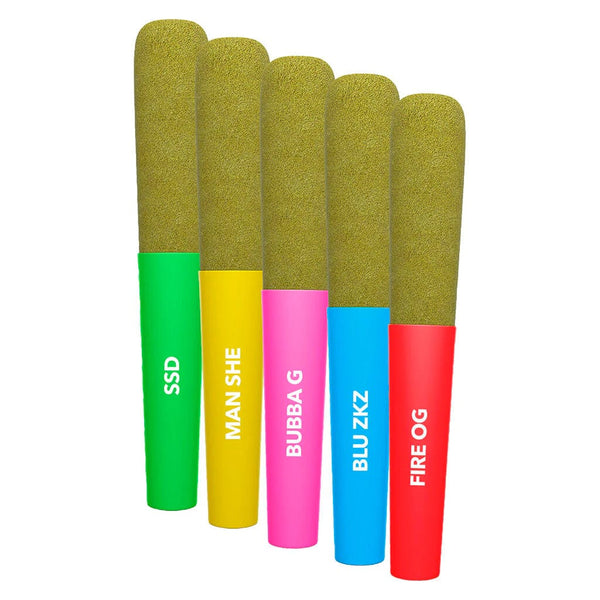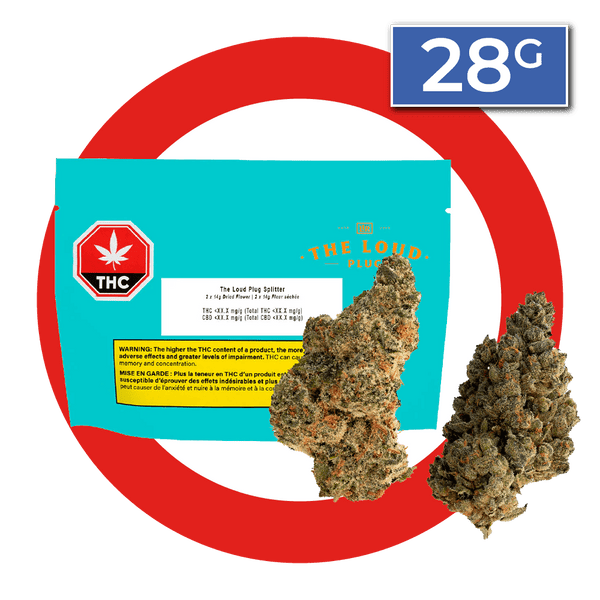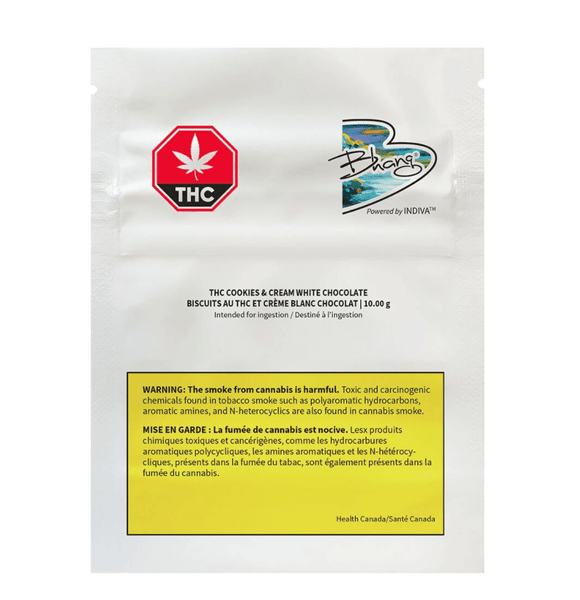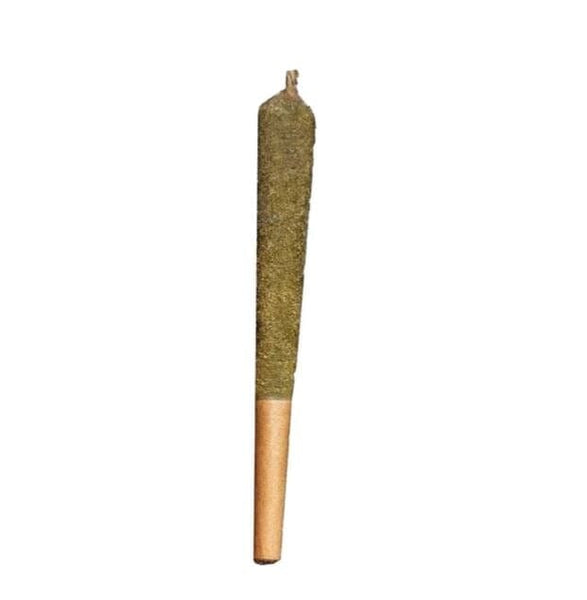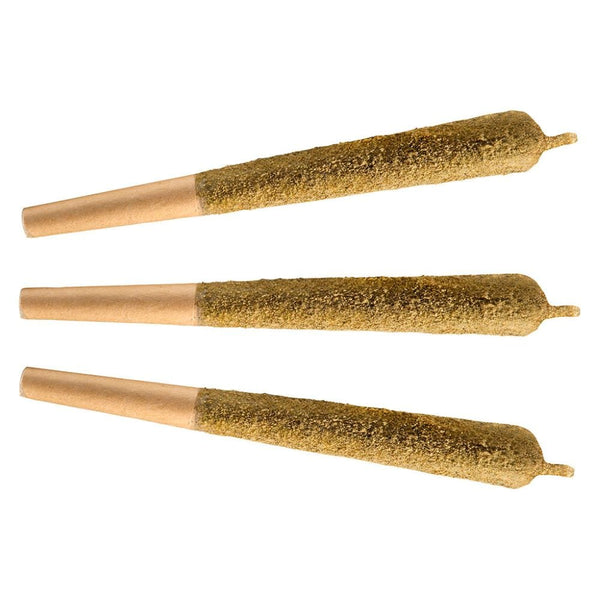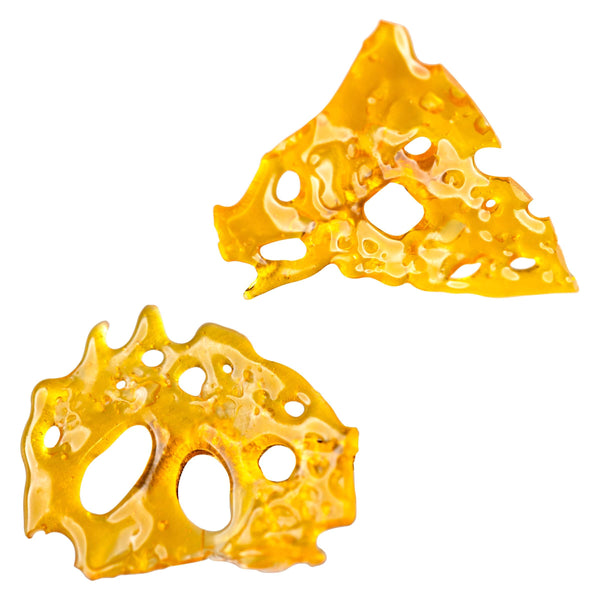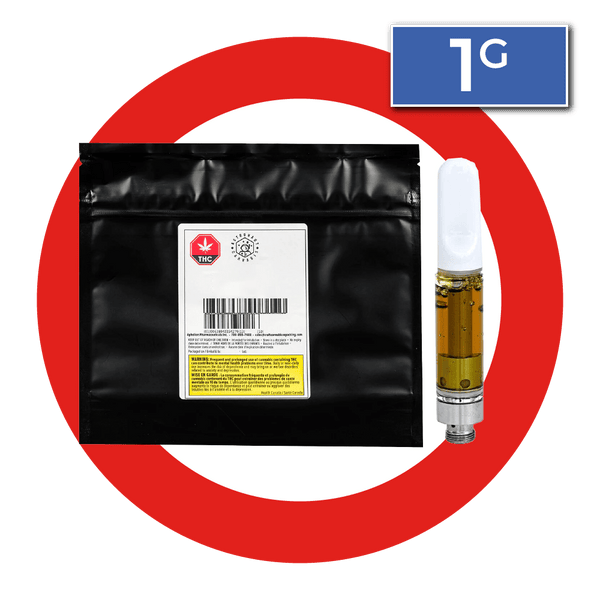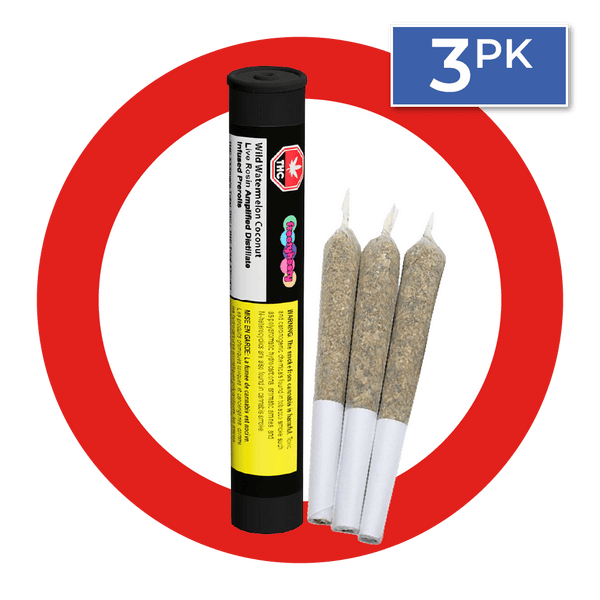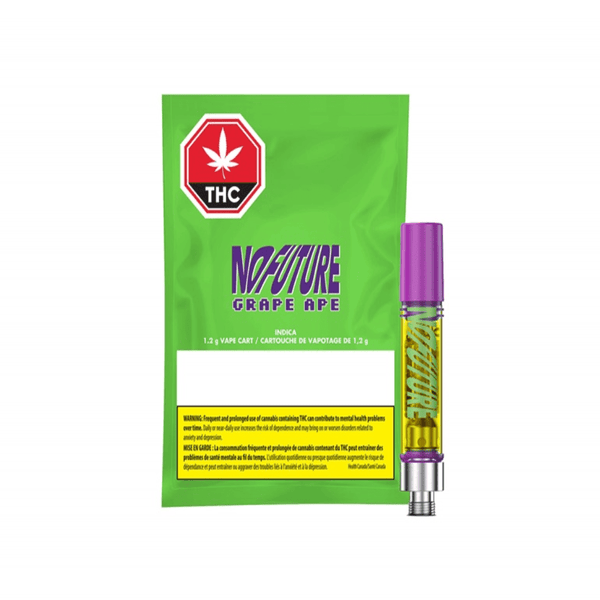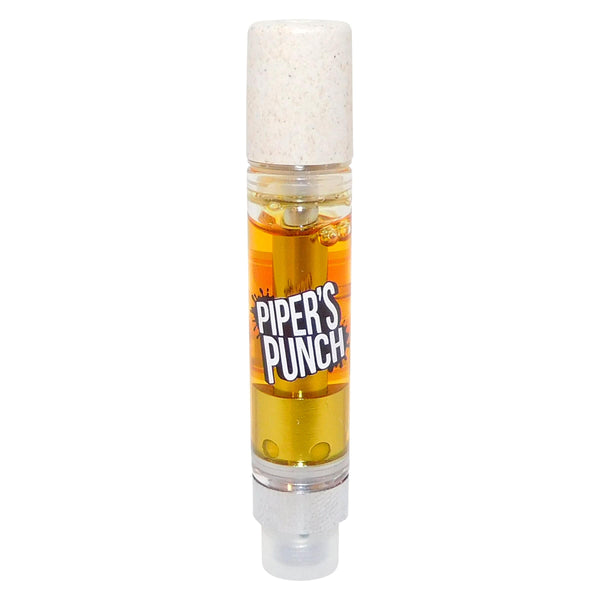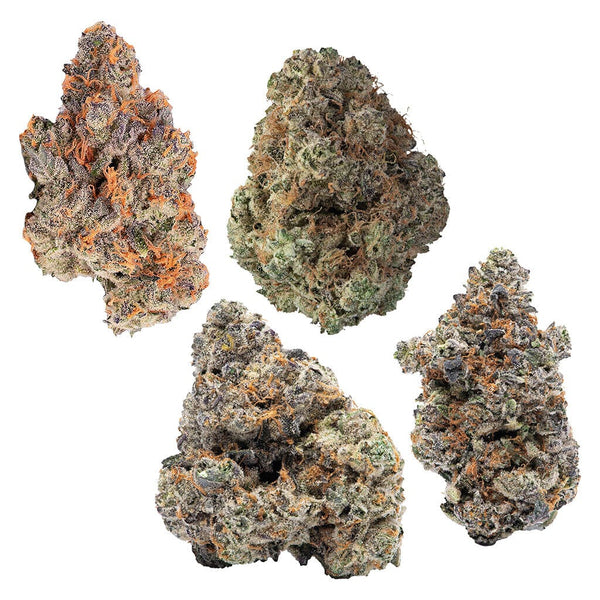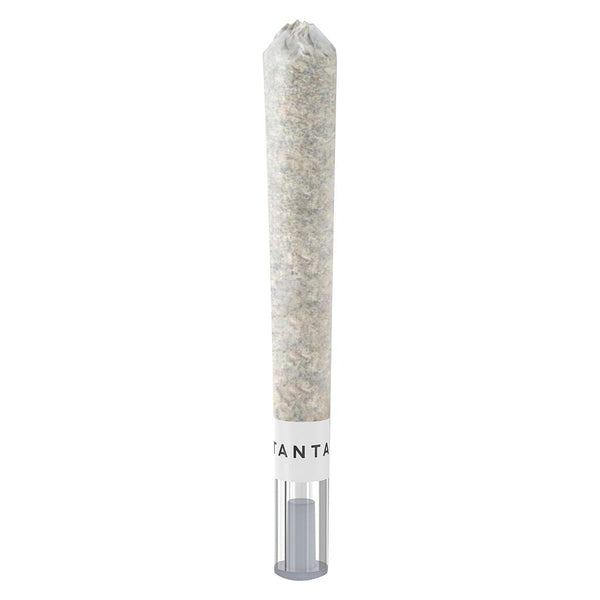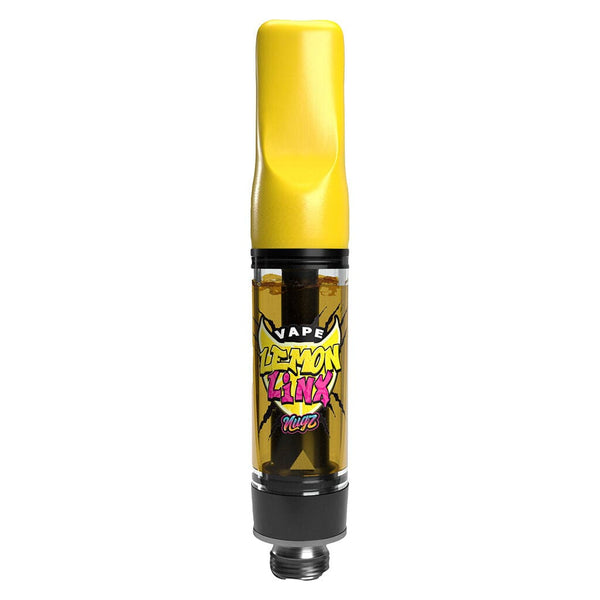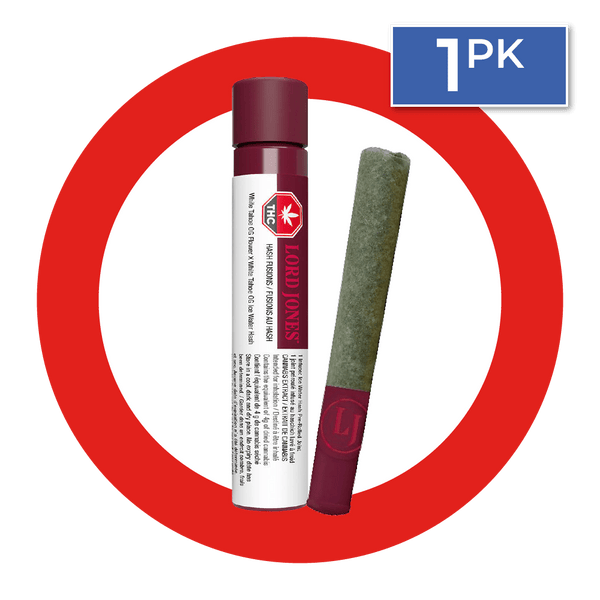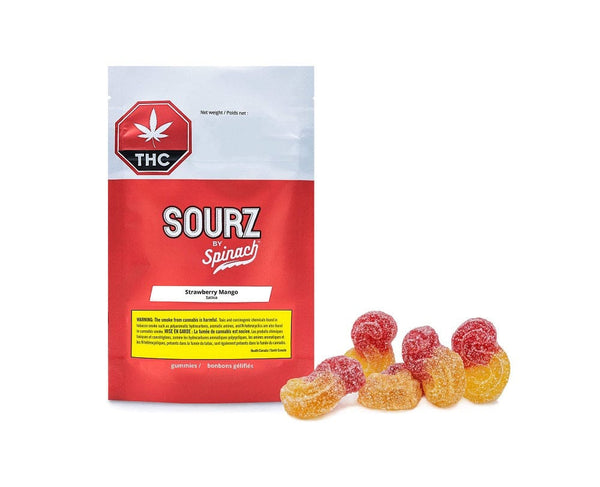
The Endocannabinoid System
When learning about the interesting world of cannabis, you’ll likely run into people who will tell you how good it is for the human body – and maybe pets!
But while the friendly people at your favourite local cannabis store will discuss possible general benefits (improve sleep and appetite, reduce anxiety, lower general and specific pains) they may not touch on why this happens other than “it feels good.”
There’s some actual scientific research that has taken place and continues to take place into the how and why cannabis interacts so well in the body: the answer is something called the endocannabinoid system.
What is the Endocannabinoid System?
The endocannabinoid system or ECS is part of the human body and closely associated with the central nervous system. It does things like regulate pain, improve processes, boost the immune system, and aid general recovery from mental and physical stresses. Scientists also believe the system is responsible for helping us achieve overall homeostatic balance, which is the general equilibrium for general stability and good health.
The system is based on a system of receptors through the whole body. Certain chemical compounds may bind to these specific receptors and boost the system, including chocolate (which is why many of us can’t get enough of it especially in stressful times.)
The scientific term for “the things that bind” is “endocannabinoids” in humans and phytocannabinoids in plants. Cannabis plants contain more than 100 phytocannabinoids which, when ingested in a human, bind to the various receptors and help regulate various biological functions.
Main Types of Cannabinoids
Even if the helpful people at a weed store don’t know or don’t go too deep into the science, they will still you about some of the cannabinoids that people are more familiar with and how they react to the body.
The one that most Toronto residents know is THC. Short for tetrahydrocannabinol, THC is what most of society thinks all pot does: causes temporary physical and mental changes such as relaxation and the out-of-body experience some people enjoy.
Depending on the strain, concentration and the state of your receptors, the psychoactive cannabinoid can make you feel mellow for a few minutes or hours. It’s also the one that can sometimes cause jitteriness or even a temporary paranoia in others.
The second more known cannabinoid is CBD or cannabidiol. This one is often compared to aspirin since its main function seems to be to reduce pain without causing any of the other temporarily disruptive conditions like with THC.
THC and CBD are often paired together in different amounts since they complement each other well. Toronto residents seeking relaxation and a brief altered state may want something with an equal balance.
Some patients dealing with health conditions or interested in sleeping better may want to seek something with higher CBD levels, rather than high THC.
Interestingly, many believe that products with a lot of CBD but little or no THC (like .3 percent or less) may not be as effective for therapeutic needs as something with a lot of CBD and slightly less THC, or at least above the .3 percent threshold.
How the Endocannabinoid System Works
Endocannabinoid receptors are found all through the body especially the organs. There are two types: CB1 receptors, which are found throughout the central nervous system, especially the spine and the brain; and CB2, which is located mainly throughout the immune system.
The location and amount of these receptors in each person’s body is one of the reasons why different strains of cannabis affect people differently, and sometimes the same strain may have a slightly different effect.
There are other variables that can affect this, including genetics, gender, age, current health and more. Past experience with cannabis can also play a role.
Staff at a shop trying to recommend the best strain for a customer may suggest trying small amounts of different types of cannabis and different percentages of THC and CBD. How your body responds may let you know if it’s something you enjoy and can help you relax and feel good about life, can give you energy, or maybe even make you feel terrible until it wears off.
Unlike alcohol, which has generally predictable effects (minus factors like weight, proof and, diet experience), cannabis effects can vary from individual to individual.
If you find something you like and your body likes, store staff may encourage you to experiment in that particular area such as slightly higher or lower percentages. But once you find something you like, or at least a general area, it will make the shopping experience that much easier. That’s when you’re proper informed to buy weed online.
Looking Ahead
Longtime cannabis watchers expect more discoveries in the future about how cannabis works in the body, especially now that global perceptions and laws are changing so rapidly. Along with greater access, less rigid laws on research could mean more research opportunities.
For instance, there is generally a good deal that’s known about THC and CBD. But there are only two of more than 100 cannabinoids that may cause different responses in the body and bind to different receptors.
Some cannabis growers are also focusing on what’s called “the entourage effect,” which is the power of all cannabis compounds at once, rather than isolating certain ones in strains or extracts.
Local stores could be useful sources for learning about advances as well as certain products to help certain conditions.

 Dried Flower
Dried Flower
 Pre-Rolls
Pre-Rolls
 Milled Flower
Milled Flower
 Sativa Strains
Sativa Strains
 Indica Strains
Indica Strains
 Hybrid Strains
Hybrid Strains
 All Concentrates
All Concentrates
 Waxes
Waxes
 Diamonds / Crystals
Diamonds / Crystals
 Shatters
Shatters
 Live Resin
Live Resin
 Oils & Capsules
Oils & Capsules
 Hash & Kief
Hash & Kief
 Vape Cartridges
Vape Cartridges
 Infused Creams
Infused Creams
 Bath Bombs
Bath Bombs
 Edibles
Edibles
 Beverages
Beverages
 Gummies & Candies
Gummies & Candies
 Capsules & Soft Gels
Capsules & Soft Gels
 Chocolates
Chocolates
 Baked Goods
Baked Goods
 Breath Strips
Breath Strips
 Bongs
Bongs
 Bong Accessories
Bong Accessories
 Dab Rigs
Dab Rigs
 Dabbing Accessories
Dabbing Accessories
 Vaporizers
Vaporizers
 Bubbler Pipes
Bubbler Pipes
 Hand Pipes
Hand Pipes
 Papers & Wraps
Papers & Wraps
 Rolling Supplies
Rolling Supplies
 Storage
Storage
